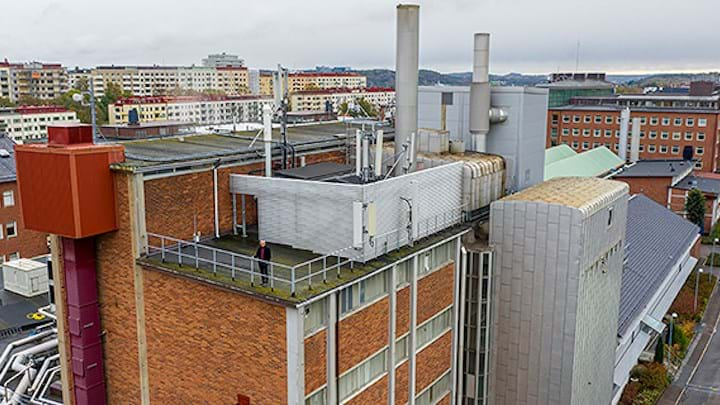Steam cracking transforms waste plastic into new

A PROCESS has been developed for steam cracking of plastic waste to produce new plastic, which could be integrated into existing petrochemical facilities.
Researchers at Chalmers University of Technology in Sweden have developed a method for steam cracking plastic. The gases produced can then be transformed back into new plastics. Henrik Thunman, Professor of Energy Technology at Chalmers University of Technology and lead author of the study detailing the process, said that the resilience of plastic could be an asset if it is used correctly in a circular economy. "We should not forget that plastic is a fantastic material – it gives us products that we could otherwise only dream of. The problem is that it is manufactured at such low cost, that it has been cheaper to produce new plastics from oil and fossil gas than from reusing plastic waste”.
The molecules needed for plastics are typically made using a steam cracker in petrochemical facilities. The new research presents an outline and cost estimate on how to transform the existing petrochemical sector to use plastic feedstocks instead of naphtha/alkanes. The experiments were carried out at the Chalmers Power Central facility in Gothenburg using a dual fluidised bed (DFB) as a cracking unit for the plastic feedstocks. They used examples of highly sorted (pure polyethylene) and mixed (waste from car-recycling) plastic waste. They extrapolated the results from the DFB gasifier to the existing petrochemical infrastructure in Stenungsund, Sweden.
“Through finding the right temperature – which is around 850 oC – and the right heating rate and residence time, we have been able to demonstrate the proposed method at a scale where we turn 200 kg of plastic waste an hour into a useful gas mixture,” said Thunman. “That can then be recycled at the molecular level to become new plastic materials of virgin quality.”
In order to match the current production levels of plastic from new petrochemicals, the Stenungsund cluster would require 1m–1.3m t/y of plastic waste as a feedstock. This would require a global logistic network to ensure long-term feedstock supply.
The new process would close the material cycle if scaled up and applied at petrochemical facilities. "We are now moving on from the initial trials, which aimed to demonstrate the feasibility of the process, to focussing on developing more detailed understanding,” said Thunman. “This knowledge is needed to scale up the process from a few tons of plastic a day, to hundreds of tonnes. That is when it becomes commercially interesting,"
Sustainable Materials and Technologies http://doi.org/dg6b
Recent Editions
Catch up on the latest news, views and jobs from The Chemical Engineer. Below are the four latest issues. View a wider selection of the archive from within the Magazine section of this site.




